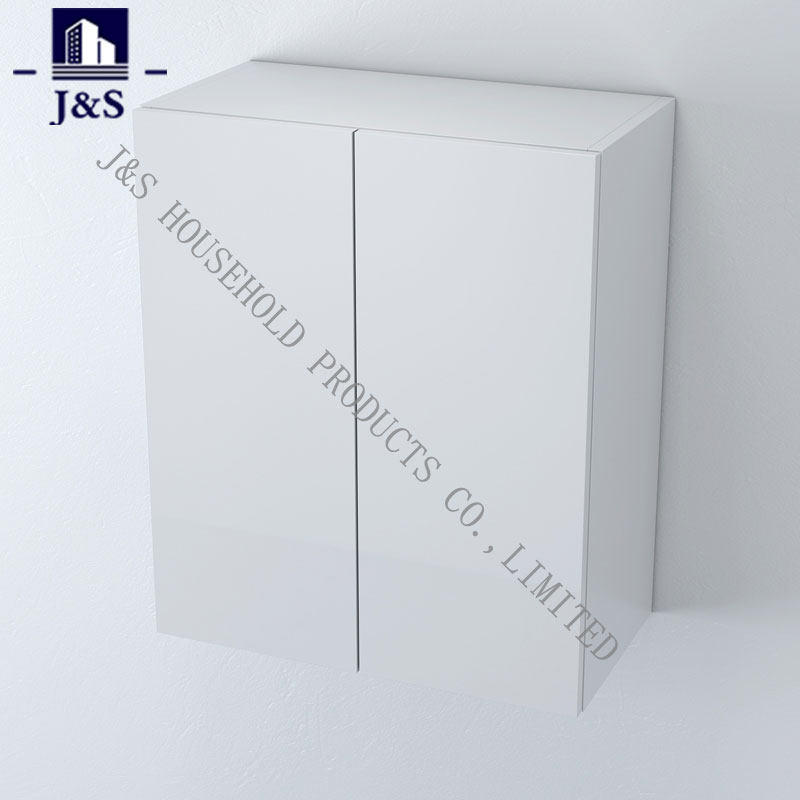Creating a kitchen with white countertops and cabinet doors seems simple in theory, but achieving a truly cohesive and high-end look requires a discerning eye for detail. The challenge lies not in matching a single shade of white, but in orchestrating a symphony of undertones, textures, and materials that work in concert. This guide breaks down the art of coordination into actionable principles, helping you navigate the vast sea of white options to create a space that is both timeless and perfectly tailored to your home.
The Foundation: Decoding the Complexity of White
The first step to successful coordination is abandoning the idea that white is just white. It is the most complex neutral, carrying subtle color biases that dramatically affect how elements work together in a lit space.
The Three Undertone Families:
Warm Whites: These whites are infused with hints of yellow, cream, beige, or peach. They evoke a sense of warmth, comfort, and traditional elegance. Think of the soft glow of linen or the rich depth of vanilla. They pair exceptionally well with natural wood tones, brass or gold hardware, and earthy materials like terracotta or travertine.
Cool Whites: Characterized by underlying notes of blue, gray, or even a faint green, cool whites feel crisp, clean, and modern. They create a sharp, almost clinical atmosphere that works beautifully with stainless steel, chrome, glass, and high-contrast black accents. A cool white can make a space feel larger and more airy.
Neutral Whites: These are the truest whites, with minimal discernible undertones. They offer maximum flexibility and are a safe choice for achieving a bright, minimalist look. However, even these can be influenced by the lighting and surrounding colors in the room.
The Lighting Test: The most critical rule is to never select materials under isolated conditions. Always view large samples of your countertop and cabinet door choices side-by-side in the actual kitchen. Observe them at different times of day under natural light and again at night under your artificial lighting. A warm white under a cool LED bulb can look stark and gray, while a cool white under an incandescent bulb can appear dingy.
Material Synergy: Pairing Surfaces for Form and Function
The material you choose dictates not only the look but also the feel and maintenance of your kitchen. Coordination is about creating a dialogue between the surfaces.
